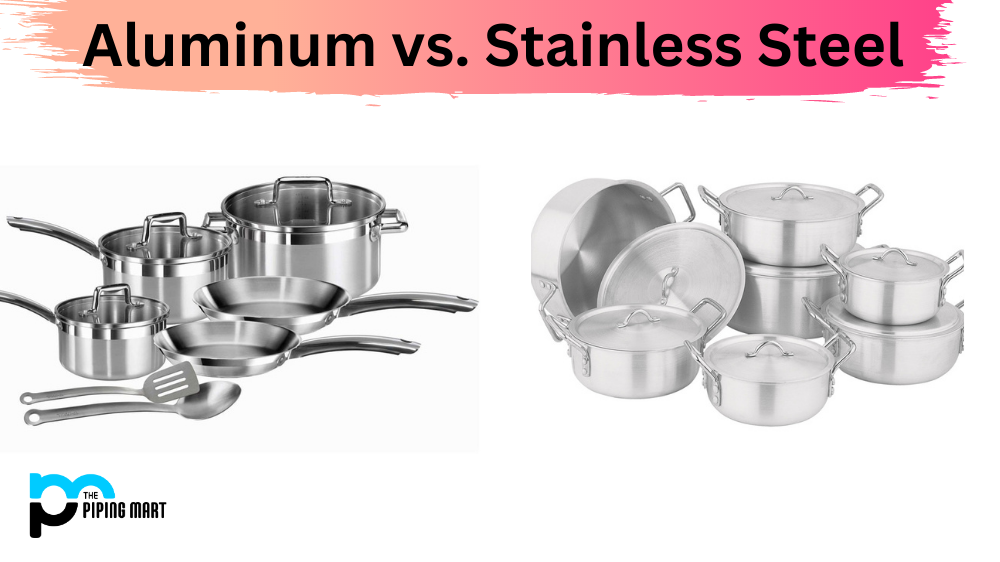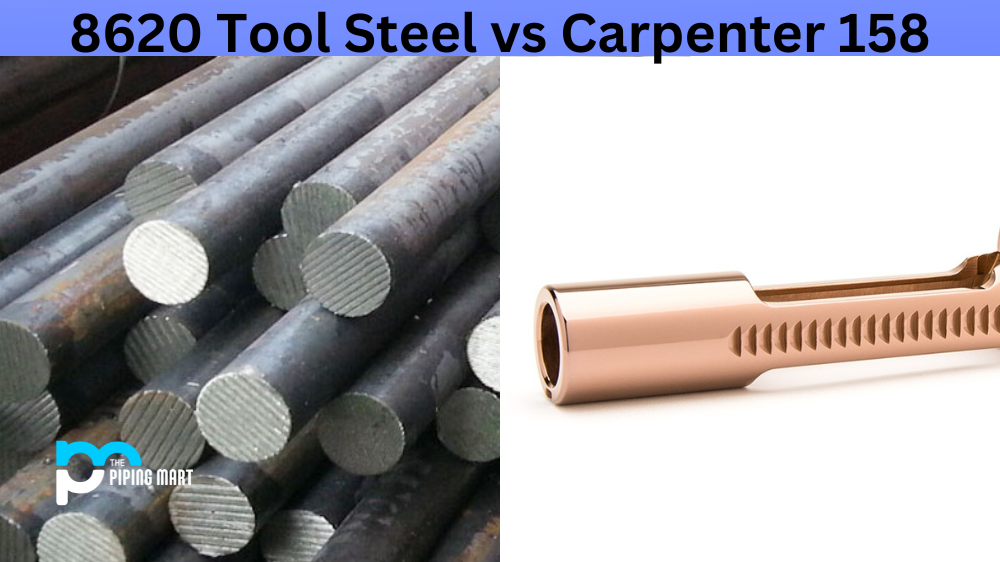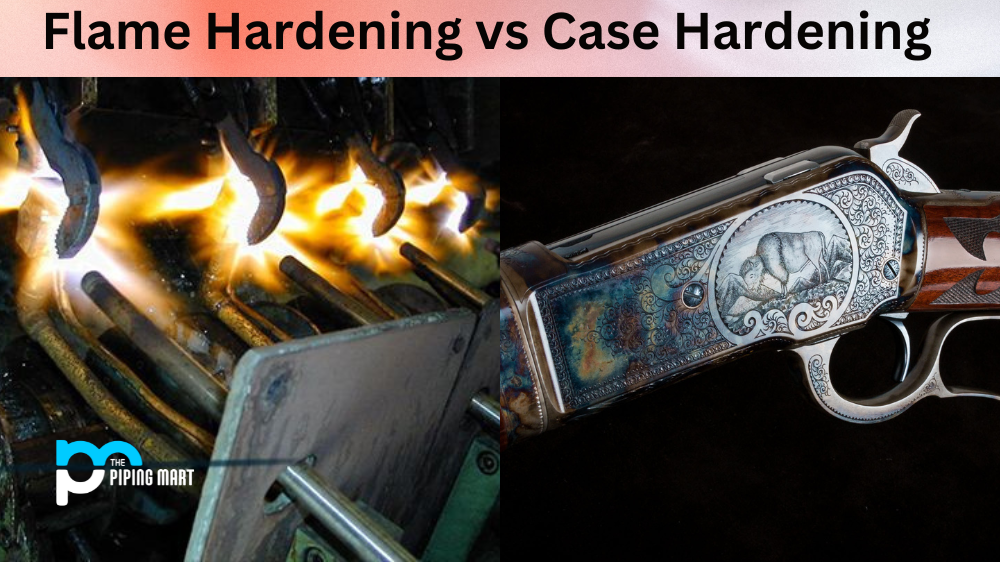When it comes to the materials we use in our daily lives, there are two common options available—aluminum and stainless steel. But which one is better for health? This is a question that many consumers struggle with; while both materials have their respective pros and cons, understanding their differences can help you make an informed decision as to which one is best suited for your specific needs. Let’s take a look at the key differences between aluminum and stainless steel.
Physical Properties
Aluminum is a lightweight metal with excellent corrosion resistance, making it an ideal choice for many applications where strength isn’t a major factor. It’s also relatively inexpensive compared to other metals, making it a popular choice for cost-conscious consumers. However, aluminum is not as strong or durable as stainless steel and can be easily dented or scratched.
Stainless steel is stronger than aluminum, but also heavier and more expensive. It has excellent corrosion resistance and can withstand high temperatures without warping or rusting. This makes it ideal for kitchen appliances like ovens and refrigerators as well as outdoor applications like furniture frames or roofing materials. However, stainless steel is prone to fingerprints and smudges, which can be difficult to remove if not properly maintained.
Chemical Properties
Aluminum has a much lower melting point than stainless steel (660°C compared to 1,400°C), making it easier to weld together in custom shapes when necessary. It’s also highly resistant to chemical corrosion due to its protective oxide layer that forms when exposed to air or moisture. This makes it ideal for chemical processing equipment like tanks and pipes that are exposed to harsh chemicals regularly.
Durability
When comparing aluminum and stainless steel, durability is an important factor to consider. Aluminum is a lightweight metal that provides excellent corrosion resistance, making it an ideal choice for items such as kitchen utensils, cookware, and outdoor furniture. However, aluminum does have its limitations; it tends to be more prone to scratches and dents compared to stainless steel. Stainless steel offers greater strength than aluminum but may not provide the same level of corrosion resistance as aluminum does. Therefore, when deciding between the two materials, consider how durable you need your products to be before making your decision.
Safety
When discussing safety factors related to aluminum or stainless steel products, it’s important to remember that both materials are safe for use in food preparation and storage containers. However, there are some potential risks associated with aluminum products that consumers should be aware of. The most significant safety risk associated with this material is the potential for leaching into food or drinks due to its porous nature; while this isn’t likely to cause any major health concerns if used properly, it’s still something worth considering when choosing between these two materials. As far as stainless steel goes, there aren’t any major safety concerns related to this material; while it may contain small amounts of nickel or other metals that could potentially cause allergic reactions in people with sensitivities, these levels are generally considered safe by regulatory agencies like the FDA.
Cost
The cost difference between aluminum and stainless steel can vary greatly depending on the product in question; however, in general terms, aluminum tends to be less expensive than stainless steel due to its lighter weight and lower manufacturing costs. However, if you’re looking for long-term durability, then you may want to opt for a higher-quality stainless steel product despite its higher price tag—the extra cost will be well worth it in terms of longevity!
Conclusion
Ultimately, when choosing between aluminum and stainless steel products, it comes down to personal preference as well as price point; weigh up all of your options carefully before making a decision, so you can pick the right material that suits your needs best! Both materials offer excellent health benefits when used correctly, so don’t be afraid to experiment with different types until you find what works best for you! With careful consideration given towards all factors discussed above—durability, safety, cost—you’ll have no trouble picking out the perfect product for whatever application you have in mind!

Meet Bhavesh, a seasoned blogger with a wealth of knowledge and experience. From metal products manufacturing to retail, Bhavesh has a diverse background in various industries and is dedicated to sharing his insights and expertise with readers.




